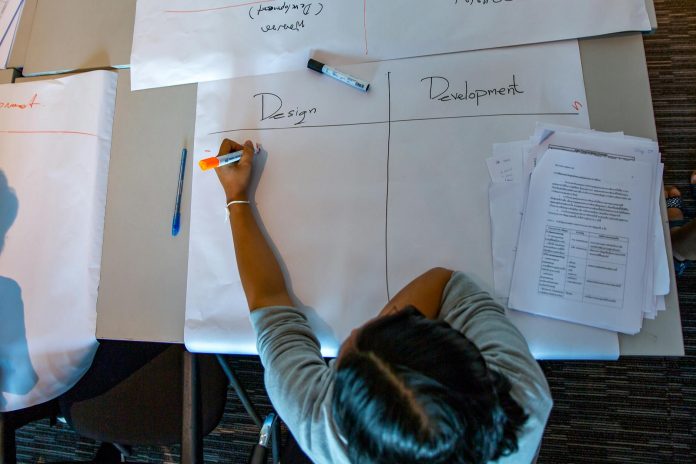Title: The Revolutionary Transformation: 3D Printing Reshaping Prototyping and Manufacturing
Introduction:
Imagine a world where objects materialize out of thin air, where creativity knows no bounds, and where manufacturing becomes as simple as pressing a button. Welcome to the realm of 3D printing, a technology that is reshaping the way we prototype and manufacture products. In this article, we will delve into the fascinating world of 3D printing and explore how it is revolutionizing the industry.
Unveiling the Power of 3D Printing:
3D printing, also known as additive manufacturing, is a process that involves creating three-dimensional objects by layering materials, such as plastics, metals, or even living cells, based on a digital model. This technology has the power to turn complex designs into physical reality with astonishing precision and speed.
The Rise of Rapid Prototyping:
Gone are the days when prototyping required lengthy and expensive processes. With 3D printing, designers and engineers can now turn their ideas into tangible prototypes within hours or even minutes. This accelerated prototyping process allows for quick iterations and design improvements, saving both time and money. The ability to physically hold and test a prototype before mass production is a game-changer, enabling companies to bring products to market faster and with higher quality.
Revolutionizing Manufacturing:
Beyond prototyping, 3D printing is revolutionizing the manufacturing industry itself. Traditional manufacturing methods often involve subtractive processes, such as cutting or drilling, which generate significant waste. In contrast, 3D printing is an additive process, where materials are only used where they are needed. This results in reduced waste, lower costs, and increased sustainability.
Furthermore, 3D printing enables the creation of complex geometries and intricate designs that were previously impossible or economically unviable. Customization becomes effortless, allowing for personalized products tailored to individual needs. From customized medical implants to unique consumer products, the possibilities are endless.
Enhancing Accessibility and Collaboration:
3D printing is not limited to large-scale industrial applications. It is becoming increasingly accessible to individuals and small businesses, thanks to affordable desktop printers. This democratization of manufacturing empowers entrepreneurs and inventors to turn their ideas into reality without the need for substantial upfront investments.
Additionally, 3D printing facilitates collaboration across borders and industries. Digital design files can be easily shared and printed anywhere in the world, fostering innovation and knowledge exchange. This interconnectedness opens up new avenues for creativity and problem-solving.
Conclusion:
The era of 3D printing is upon us, and its impact on prototyping and manufacturing is undeniable. From rapid prototyping to sustainable manufacturing practices, this technology is reshaping industries and transforming the way we create and consume products. As 3D printing continues to evolve, it will unlock new possibilities, drive innovation, and redefine what is possible in the realm of design and manufacturing. So buckle up and get ready to witness the extraordinary possibilities that lie ahead in this 3D-printed world.


